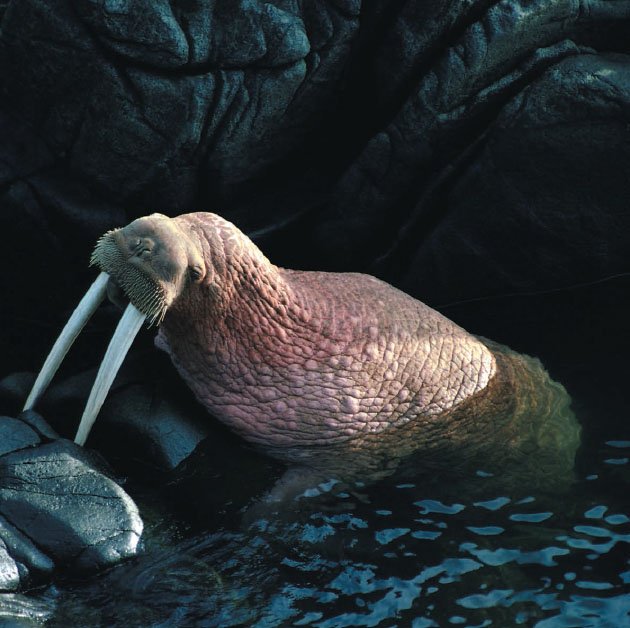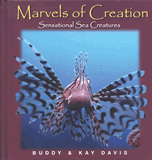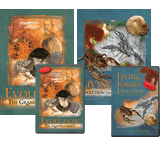Walrus appear to be timid and quite clumsy, but looks can be deceiving. Walruses will fight to protect their young, and on land they can move as fast as a man can run. They live in colonies in both the northern Atlantic and Pacific Oceans.
The walrus is easy to recognize because of the huge ivory tusks, which are actually canine teeth that grow throughout the entire life of the walrus. The tusks can grow to three feet (91 cm) long in mature bulls and two feet (61 cm) long in the females. They use their tusks while resting by placing them on the edge of the ice, which grips the ice and supports their head. They also use tusks to dig through mud searching for clams and sea snails—the bulk of its diet. They feed on octopus, sea cucumber, cockles, shrimp, and worms.
Tusks are also used to help haul the large walrus body onto the ice and to poke holes in the ice, making air holes for breathing. During the breeding season, the tusks are used against rivals. If angered, walrus have been known to actually spear the side of boats with their tusks.
The adult walrus can weigh over 3,000 pounds (1,361 kg). The fat of a walrus is called blubber and insulates it against the bitter arctic temperatures. The skin on the neck can be three inches (7.6 cm) thick and the fat six inches (15 cm) thick. Their skin is very wrinkled and tough, with deep folds covered with short hair. The color of the walrus is reddish-brown to brown.
The flippers of the walrus are designed to grip the ice on the bottom. They use the front flippers as rudders. The walrus can dive to 275 feet (84 m) for approximately 10 minutes. Normally their dives are about 180 feet (84 m) or less.
The breeding season is from January to March with gestation about 15 months long. The female bears a single young.
The main enemies of the walrus are killer whales and polar bears. Killer whales can cause high mortality, but the polar bears will often ignore the walrus even on land because of its size and thick skin. The walrus is on the endangered species list because man has over-hunted it. There are approximately 250,000 walruses in the Bering Sea.
Since early times the walrus has supplied the Eskimos and the Chuckchee Indians not only with meat but clothing, kayak covering, oil, harnesses for sleds, and blubber.
Walrus
Pinnipedia • Odobenidae
Odobenus rosmarus
Length: 13 feet (3.9 m)
Weight: 3,000 pounds (1,361 kg)
Life Span: 40 years
Special Design Feature: The ivory tusks of
the walrus are used as weapons, for
digging, and as ice picks.
Did You Know? The fat or blubber of the
walrus is six inches (15 cm) thick and
protects it against the frigid arctic cold.

Marvels of Creation: Sensational Sea Creatures
Brings the world of the sea alive in a unique and colorful way with photographs, a page of facts and commentaries.
Browse Kids BookRecommended Resources
- © 2025 Answers in Genesis
- Privacy Policy
- Contact
- About



